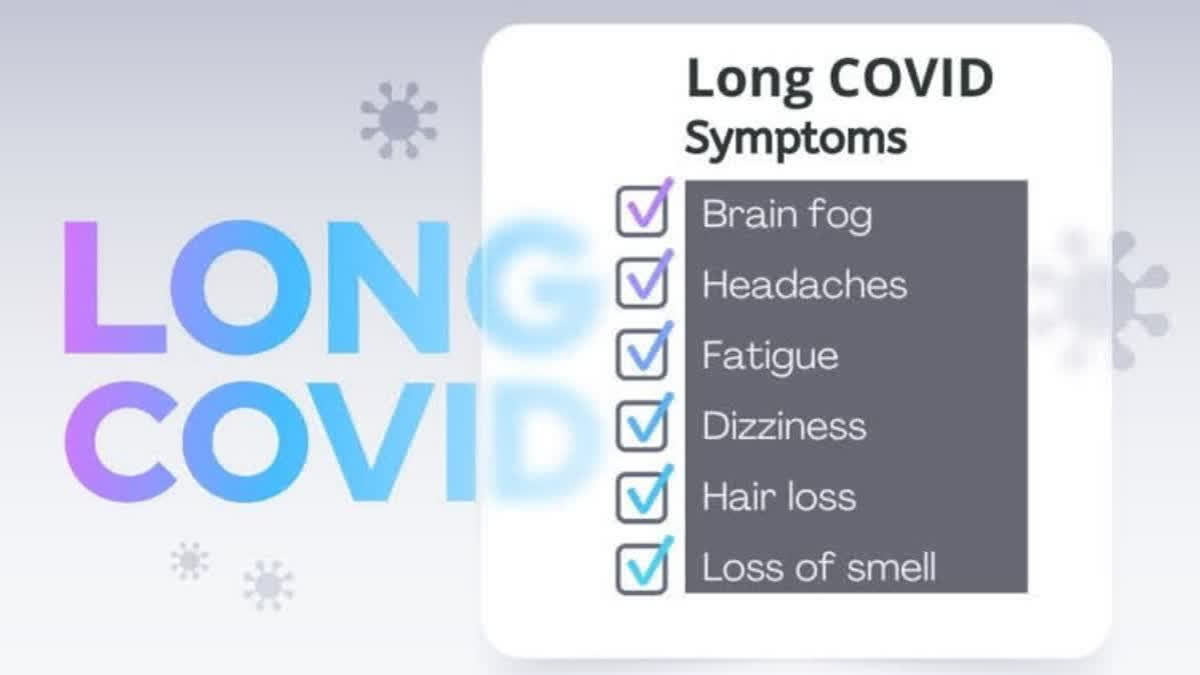New Delhi: The risk of long COVID and its lingering symptoms present very differently across diverse populations, according to a study which suggests that further investigation is needed to accurately define the disease and improve diagnosis and treatment. The study, published recently in the journal Nature Communications, analysed electronic health records in the US to better understand the persistence of symptoms after SARS-CoV-2 infection, also known as long COVID, among broad, diverse populations.
"Long COVID is a new disease that is very complicated and quite difficult to characterise," said Chengxi Zang, an instructor in population health sciences at Weill Cornell Medicine, US, and lead author of the study. "It affects multiple organs and presents a severe burden to society, making it urgent that we define this disease and determine how well that definition applies among different populations. This paper provides the basis for furthering research on long COVID," Zang said.
The team studied electronic health records from two clinical research networks that are part of the National Patient-Centered Clinical Research Network (PCORnet). One dataset included data from 11 million New York-based patients, while the other included 16.8 million patients from Florida, Georgia and Alabama. The team identified a broad list of diagnoses that occurred more frequently in patients who had recently had COVID-19 compared with non-infected individuals.
Also read; Washing hands can aid infection control and prevention of diarrhoea: Expert
The researchers also found more types of symptoms and higher risk of long COVID in New York City than Florida. Specific conditions found across the New York City and Florida populations included dementia, hair loss, sores in the stomach and small intestine, blood clots in the lung, chest pain, abnormal heartbeat and fatigue, they said.
"Our approach, which uses machine learning with electronic health records, provides a data-driven way to define long COVID and determine how generalisable our definition of the disease is," Zang said. Comparing records across diverse populations in regions that experienced the COVID-19 pandemic differently highlighted how variable long COVID is for patients and emphasised the need for further investigation to improve the diagnosis and treatment of the disease.
Some of the differences between the results from the two populations might be explained by the fact that New York City had a more diverse patient population, endured one of the first waves of the pandemic and faced the lack of personal protective equipment such as masks, compared with Florida, Zang added. (PTI)



